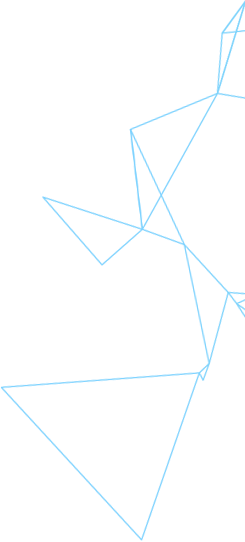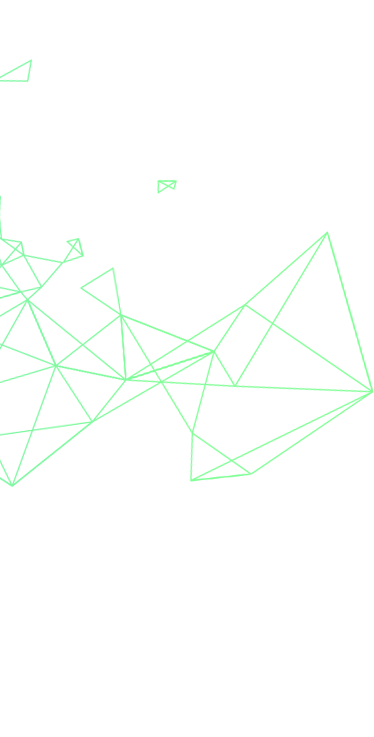across-businesses and Industries
Governments are realizing the potential of new technology to improve solutions and services for their citizens. As a result, there is a push to create 'Smart Cities,' which promote the use of information and communication technologies to engage citizens to develop social and intellectual capital, make better use of infrastructure, reduce the use of environmental capital, and support smart growth.
Chandigarh has become the first city in the country to deploy light detection and ranging (LiDAR) technology to map the city's Geographic Information System (GIS). The Chandigarh Management was eager to create digital data on the city that could be utilized for a variety of purposes, including land administration, municipal applications, and rooftop solar power generating. It was therefore decided to collect this data using contemporary aerial and mobile LiDAR techniques, aided by pictures. These technologies are chosen based on the comprehensiveness, precision, and speed of data acquisition necessary for the applications. They requested an open tender to execute an aerial and mobile LiDAR data survey, data acquisition, and image processing for Chandigarh, as well as data processing to create a GIS-based information system. Geokno India Private Limited qualified for the proposed proposal by meeting the technical criteria and completed the airborne LiDAR survey, which included high-resolution aerial images of the whole 144-square-kilometer city.
The acquired LiDAR data also aided in the creation of 3D models of the entire city in the form of digital elevation models and digital surface models, as well as the extraction of 200 GIS layers containing complete details of roads, buildings, trees, forests, open areas, parks, water bodies, and utilities. These maps will also aid in flood control, the development of a more accurate and up-to-date Chandigarh master plan, the geo-tagging of all properties, the identification of properties eligible for property tax imposition, and other areas such as utility management, population growth, encroachment identification, social economic distribution, and traffic management.
Innovative approaches are imperative to achieve India’s ambitious Renewable Energy Target capacity of 40 GW from its currently achieved capacity of 5.88 GW . This can be done by effectively enhancing the potential of renewable energy resources in India. Towards this end, solar photovoltaics power can effectively be harnessed given the high possibility of its scalability in the Indian subcontinent.
For effective implementation of Roof Top Photovoltaics (RTPV) that profits individual building owners and the state power generation and distribution departments, the first step is to accurately identify and document the actual solar roof top potential -. Aerial LiDAR survey comes handy here. It helps to capture the rooftops in 3-dimensions and provides accurate 3D Spatial Data of the rooftops of the entire city. The HD photographs captured as part of LiDAR survey provide effective visualization supporting in asset documentation for the state electricity departments and the building owners.
Geokno’s in house developed Solar Roof Top Potential Application is capable of processing high precision LiDAR data to help identify shadow free areas on roof tops. This enables the user to place the solar panels in a manner that maximizes the solar energy utilization potential, thereby providing a cost effective and maximum usable roof top solution for installing RTPV.
Consumers can identify their rooftop potential to install RTPV and benefit from a quick ROI
State Electricity Departments can quantify the effective Solar Roof Top Potential of the entire city
Localized generation and consumption eases storage and can be used during non-solar hours
Third party companies can provide power generation to the building owners and sell the remaining to state electricity departments through a power-purchase agreement
Renewable energy helps reduce power generation from fossil fuel and thermal power plants, thereby reducing the carbon footprint.
Our 5-point methodology
Calculates sun positions (azi , ele) over the entire year (365 x 13).
Shadow analysis for every hour of sun position.
Calculates annual direct insolation (includes cloud cover effect).
Calculates annual diffuse insolation using sun view factor.
Gives hourly, daily, monthly and annual total insolation values.
In the year 2022, India plans to roll out its first bullet train and will join the elite group of countries. A greenfield project spread over 508 Km stretch between Mumbai and Ahmedabad was envisaged to be completed within a period of 4 years.
Bullet Train Project requires a high accuracy, final location survey (FLS) data and NHSRCL was entrusted the herculean task of completing the entire project in 4 years. Heavily populated areas like Mumbai, Ahmedabad and Vadodara along with ghat sections, creeks and the challenges to enter certain areas due to local issues along with the project time frame were the challenges which made NHSRCL to choose Aerial LiDAR in preference over competing technologies.
Choosing the right vendor for carrying out FLS using Aerial LiDAR for this prestigious Bullet Train Project of National importance was the challenge for NHSRCL. Geokno India Pvt. Ltd., was their chosen vendor to execute the LiDAR survey.
Geokno, completed the project within a record period of 3 months and provided all the needed deliverables like bare earth Digital Elevation Model in 1mx1m grid, seamless ortho photographs of the entire stretch, 3-D topography map in 1:2000 scale, contours of 50 cm intervals, cross sections, plan and profile needed for this project. Hydrology survey was undertaken and data provided.
NHSRCL teams were highly appreciative of Geokno, for the data delivered with a vertical accuracy of 39 mm and a horizontal accuracy between 93 to 100 mm. All this in 3 months whereas this process normally takes 10-12 months using traditional methods, thereby providing quality and also saving time and money.
The iconic project of solving the inter-state water disputes was carried out with data-driven insights from the LiDAR technology. The information collected helped in reducing water wastage and channelising the river to the states of Telangana and Maharashtra. The Kaleshwaram project initiated by the honourable Chief Minister of Telangana has laid the base for irrigation facilities that in turn make way for water availability for both the states.
LiDAR scanning was the sought-after method for topographical scanning as large areas of land had to be mapped for identifying the exact location of submergence for the two states. Additionally, LiDAR opened scope for avoiding human errors involved with manual surveying.
The Aerial LiDAR from Geokno was used to map about 100 to 200 square Kms of area per day. Moreover, a Heil-mapper aerial LiDAR was introduced to complete 3700 sqKms of area scanning. Nearly 4000 SqKms of area was mapped in the phase 2 of the project in a record time of 4 months. The data captured are highly accurate with the ability to scan in areas below vegetation and through the canopies. The extensive information forms the base of the irrigation planning and design with insights from the 3D visualization of the land.
Extension to solving the river dispute, multiple irrigation projects have been opened up benefitting many farmers enhancing their socioeconomic status. Also, 50,000 acres of land in the tribal and backward regions of Maharashtra has been irrigated which has improved livelihood for many people.
The core state road network in Mizoram required a complete revamp due to connectivity problems from the mainland, especially covered with mountainous terrain and rugged plains. The major concern is that it is hampering trade and development across the region. LiDAR technology has enabled accurate data collection even from inaccessible terrains that have helped in systematic planning of roadway projects.
Funded by the World Bank, the objective was to rebuild the entire road network in Mizoram, with seamless connection to the neighbouring countries like Nepal, Bangladesh, etc. This opened up multiple opportunities for trade and investment, improving the socioeconomic status of the people and the state.
Geokno’s LiDAR system contributes to the mission by sourcing reliable & highly accurate data in real-time for enhanced decision making. With regions of Mizoram covered with dense greenery around the area, advanced remote scanning helps overcome the challenges of the topography & climatic conditions.
Planning of road design of about 284 Kms was supported with the topographical survey through thick forests. Using the LiDAR reduced the time of the planning and implementation drastically.



